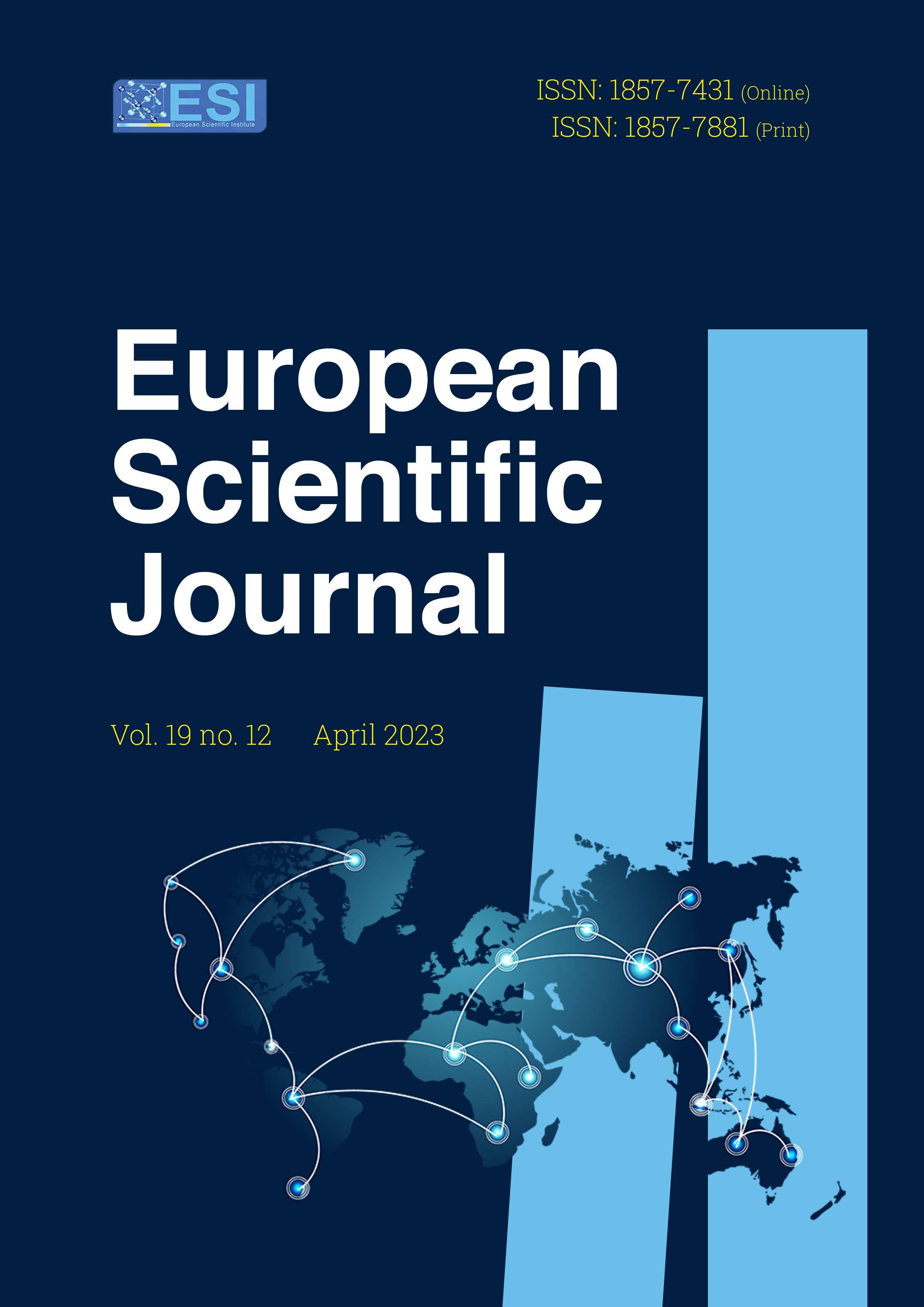Nutritional Impact on the Productivity of Ready-Made Garment Workers
Abstract
This study shows the gradual increment in apparel productivity after feeding some nutrients to selected sewing operators who work in a factory named Daarkak, in the urban area of Dhaka, Bangladesh. The specific objective was to identify the consequences of nutritious food in boosting workers’ energy levels to aid in increased productivity. A better result compared to the previous data was found, where the productivity increased substantially after providing selected nutritious food- soya and milk. The overall result was impressive. Since most of the workers belong to the low-middle class or poor families, they do not afford nutritious food in daily life for the lack of knowledge that nutritious food can be availed at cheaper prices. Soya and milk contain adequate proteins and they are available at relatively cheaper costs. These foods enabled them mentally and physically to give higher efficiency during their regular work. This paper explores the possibility of improved productivity after providing workers with nutritious food. When productivity increases, profit also increases.
Downloads
Metrics
PlumX Statistics
References
2. Bliss, C., & Stern, N. (1978). Productivity, wages and nutrition: Part I: the theory. Journal of Development Economics, 5(4), 331-362.
3. Chowdhury, A. (2019). Food Habit and Dietary Intake of Garment Workers in Semi-Urban Area of Bangladesh. American International Journal of Agricultural Studies, 2(1), 52-57.
4. Delaware.gov. (2022). Eating For Better Health: Delaware.gov. Retrieved January 31, 2022, from Delaware.gov Web Site: https://dhss.delaware.gov/dhss/dph/dpc/eatright.html
5. Dr. A.K. Enamul Haque, E. B. (2021). A Survey Report on the Garment Workers of Bangladesh. Sylhet: Asian Center for Development.
6. Grimani, A., Aboagye, E., & Kwak, L. (2019). The effectiveness of workplace nutrition and physical activity interventions in improving productivity, work performance and workability: a systematic review. BMC public health, 19(1), 1-12.
7. Hasan, M. T. (2022). Contextualizing Ready-Made Garment Work in Bangladesh. In Everyday Life of Ready-made Garment Kormi in Bangladesh (pp. 3-48). Palgrave Macmillan, Cham.
8. Islam, M. M., & Adnan, A. T. M. (2016). Improving ready-made garment productivity by changing worker attitude. European Scientific Journal, 12(4).
9. Lemke, B., & Kjellstrom, T. (2012). Calculating workplace WBGT from meteorological data: a tool for climate change assessment. Industrial Health, 50(4), 267-278.
10. Moazzem, K. G., & Ahmed, T. (2022). Verificafion Opfions Used in Public Procurement by Apparel Sourcing Countties: Potenfial and Effecfiveness in Bangladesh (No. 142). Centre for Policy Dialogue (CPD).
11. Pereira, P. C. (2014). Milk nutritional composition and its role in human health. Nutrition, 30(6), 619-627.
12. Rachmah, Q., Martiana, T., Mulyono, Paskarini, I., Dwiyanti, E., Widajati, N., ... & Alayyannur, P. A. (2022). The effectiveness of nutrition and health intervention in workplace setting: A systematic review. Journal of Public Health Research, 11(1), jphr-2021.
13. Sadler, M. J. (2004). Meat alternatives—market developments and health benefits. Trends in Food Science & Technology, 15(5), 250-260.
14. Uddin, A. J. (2015). Impact of the Low Wages on the Health and Nutritional Status of RMG Workers in Bangladesh. Journal of Business, 36(2).
Copyright (c) 2023 Md. Monirul Islam (Rajib), Farjana Tasnim Nadila, Tasnia Quamar Arpa, Md. Shafiul Arefin, Tarana Haque Popy, Proshun Chowdhury Emon

This work is licensed under a Creative Commons Attribution-NonCommercial-NoDerivatives 4.0 International License.








